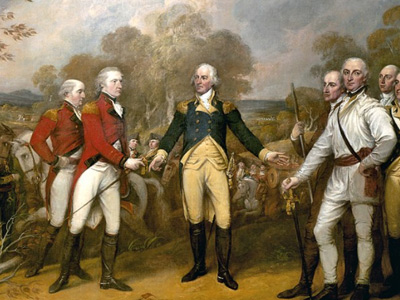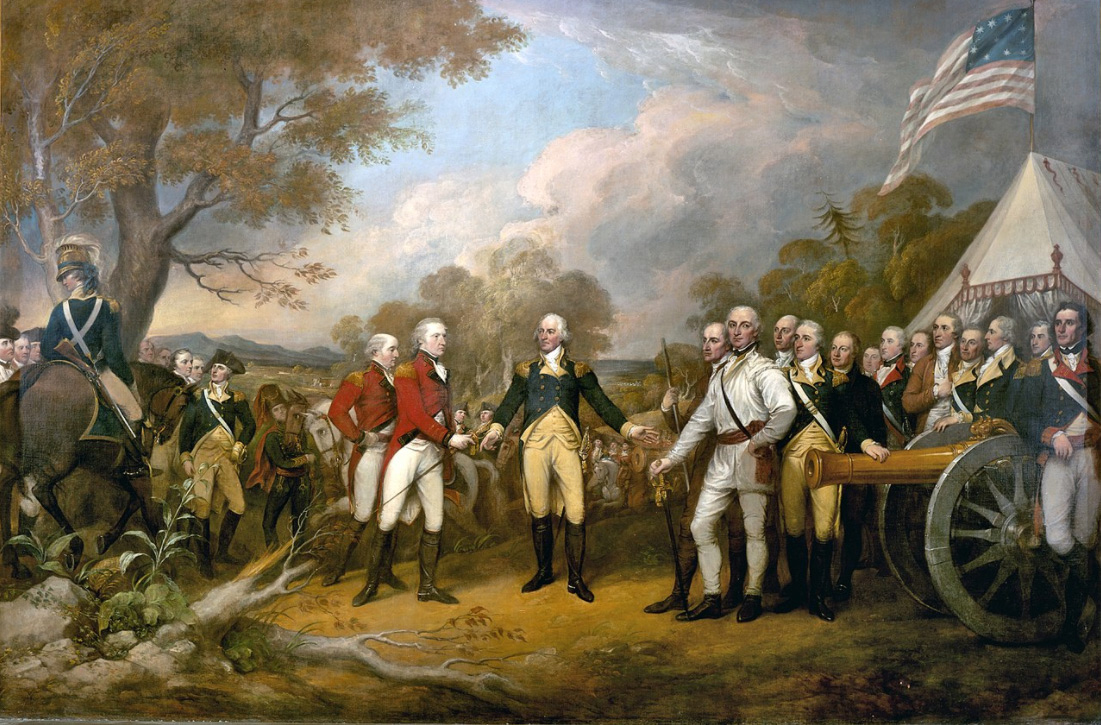Battles of Saratoga (1777)
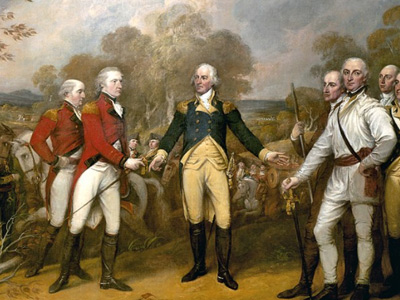
Background
The American Revolutionary War was approaching the two-year point, and the British changed their plans. They decided to split the Thirteen Colonies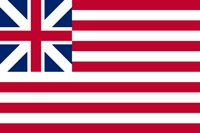 The Thirteen Colonies, also known as the Thirteen British Colonies, the Thirteen American Colonies, or later as the United Colonies, were a group of British colonies on the Atlantic coast of North America. Founded in the 17th and 18th centuries, they began fighting the American Revolutionary War in April 1775 and formed the United States of America by declaring full independence in July 1776. and isolate New England from what they believed to be the more Loyalist middle and southern colonies. The British
The Thirteen Colonies, also known as the Thirteen British Colonies, the Thirteen American Colonies, or later as the United Colonies, were a group of British colonies on the Atlantic coast of North America. Founded in the 17th and 18th centuries, they began fighting the American Revolutionary War in April 1775 and formed the United States of America by declaring full independence in July 1776. and isolate New England from what they believed to be the more Loyalist middle and southern colonies. The British The Kingdom of Great Britain was a sovereign country in Western Europe from 1 May 1707 to the end of 31 December 1800. The state was created by the 1706 Treaty of Union and ratified by the Acts of Union 1707, which united the kingdoms of England (which included Wales) and Scotland to form a single kingdom encompassing the whole island of Great Britain and its outlying islands, with the exception of the Isle of Man and the Channel Islands. command devised a plan to divide the colonies with a three-way pincer movement in 1777. The western pincer under the command of Barry St. Leger was to progress from Ontario through western New York, following the Mohawk River, and the southern pincer was to progress up the Hudson River valley from New York City. The northern pincer was to proceed southward from Montreal, and the three forces were to meet in the vicinity of Albany, New York, severing New England from the other colonies.
The Kingdom of Great Britain was a sovereign country in Western Europe from 1 May 1707 to the end of 31 December 1800. The state was created by the 1706 Treaty of Union and ratified by the Acts of Union 1707, which united the kingdoms of England (which included Wales) and Scotland to form a single kingdom encompassing the whole island of Great Britain and its outlying islands, with the exception of the Isle of Man and the Channel Islands. command devised a plan to divide the colonies with a three-way pincer movement in 1777. The western pincer under the command of Barry St. Leger was to progress from Ontario through western New York, following the Mohawk River, and the southern pincer was to progress up the Hudson River valley from New York City. The northern pincer was to proceed southward from Montreal, and the three forces were to meet in the vicinity of Albany, New York, severing New England from the other colonies.
British Situation
British General John Burgoyne moved south from the province of Quebec in June 1777 to gain control of the upper Hudson River valley. His campaign had become bogged down in difficulties following a victory at Fort Ticonderoga. Elements of the army had reached the upper Hudson as early as the end of July, but logistical and supply difficulties delayed the main army at Fort Edward. One attempt to alleviate these difficulties failed when nearly 1,000 men were killed or captured at the August 16 Battle of Bennington. Furthermore, news reached Burgoyne on August 28 that St. Leger's expedition down the Mohawk River valley had turned back after the failed Siege of Fort Stanwix.
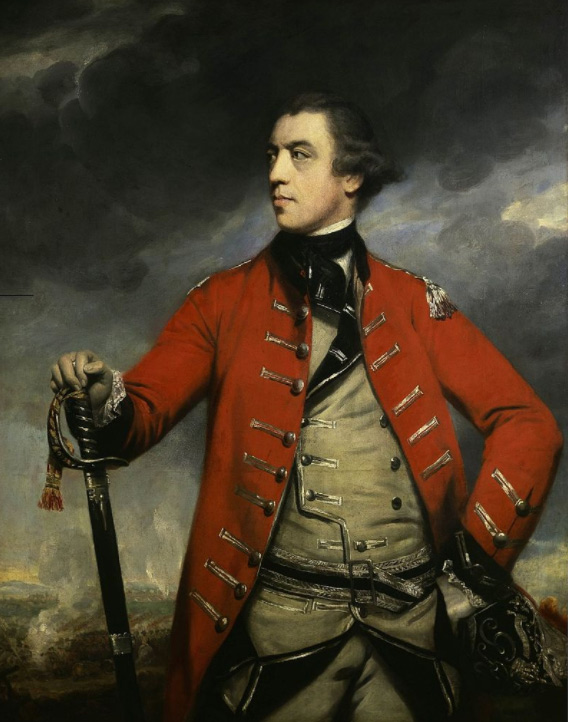
General William Howe had taken his army from New York City by sea on a campaign to capture Philadelphia instead of moving north to meet Burgoyne. Most of Burgoyne's Indian support had fled following the loss at Bennington, and his situation was becoming difficult. He needed to reach defensible winter quarters, requiring either retreat back to Ticonderoga or advance to Albany, and he decided to advance. He then deliberately cut communications to the north so that he would not need to maintain a chain of heavily fortified outposts between his position and Ticonderoga, and he decided to cross the Hudson River while he was in a relatively strong position. He ordered Baron Riedesel, who commanded the rear of the army, to abandon outposts from Skenesboro south, and then had the army cross the Hudson just north of Saratoga between September 13 and 15.
American Situation
The Continental Army had been in a slow retreat since Burgoyne's capture of Ticonderoga early in July, under the command of Major General Philip Schuyler, and was encamped south of Stillwater, New York. On August 19, Major General Horatio Gates assumed command from Schuyler, whose political fortunes had fallen over the loss of Ticonderoga and the ensuing retreat. Gates and Schuyler were from very different backgrounds and did not get along with each other; they had previously argued over command issues in the army's Northern Department. The army was growing in size because of increased militia turnout following calls by state governors, the success at Bennington, and widespread outrage over the slaying of Jane McCrea, the fiancée of a Loyalist in Burgoyne's army by Indians under Burgoyne's command.
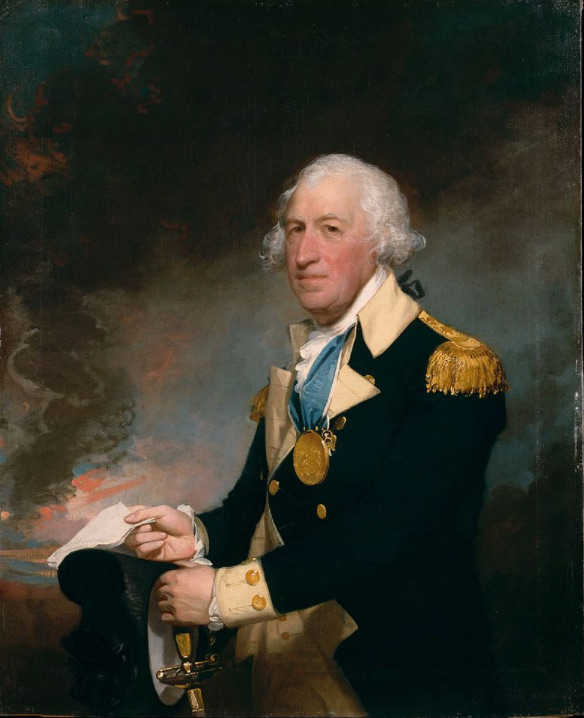
General George Washington's strategic decisions also improved the situation for Gates' army. Washington was most concerned about the movements of General Howe. He was aware that Burgoyne was also moving, and he took some risks in July. He sent aid north in the form of Major General Benedict Arnold, his most aggressive field commander, and Major General Benjamin Lincoln, a Massachusetts man noted for his influence with the New England militia. He ordered 750 men from Israel Putnam's forces defending the New York highlands to join Gates' army in August, before he was certain that Howe had indeed sailed south. He also sent some of the best forces from his own army: Colonel Daniel Morgan and the newly formed Provisional Rifle Corps, which comprised about 500 specially selected riflemen from Pennsylvania, Maryland, and Virginia, chosen for their sharpshooting ability. This unit came to be known as Morgan's Riflemen.
On September 7, Gates ordered his army to march north. A site was selected for its defensive potential that was known as Bemis Heights, just north of Stillwater and about 10 miles (16 km) south of Saratoga; the army spent about a week constructing defensive works designed by Polish engineer Tadeusz Kościuszko. The heights had a clear view of the area and commanded the only road to Albany, where it passed through a defile between the heights and the Hudson River. To the west of the heights lay more heavily forested bluffs that would present a significant challenge to any heavily equipped army.
HISTORY
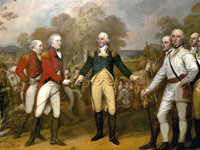
RESOURCES
This article uses material from the Wikipedia article "Battles of Saratoga (1777)", which is released under the Creative Commons Attribution-Share-Alike License 3.0.
© Stories Preschool. All Rights Reserved.
